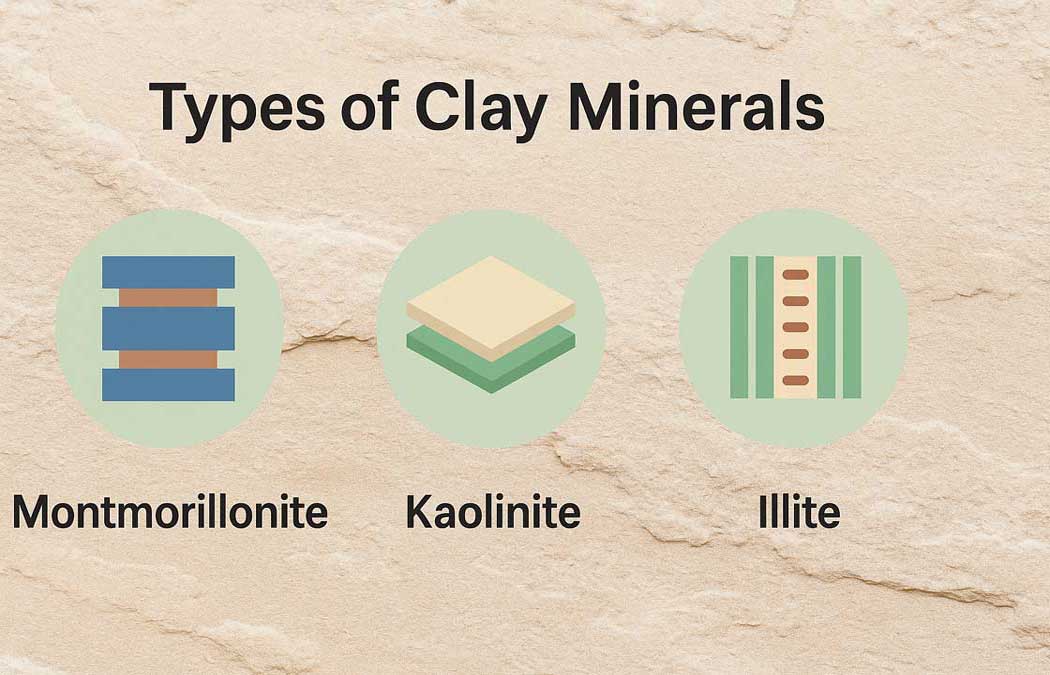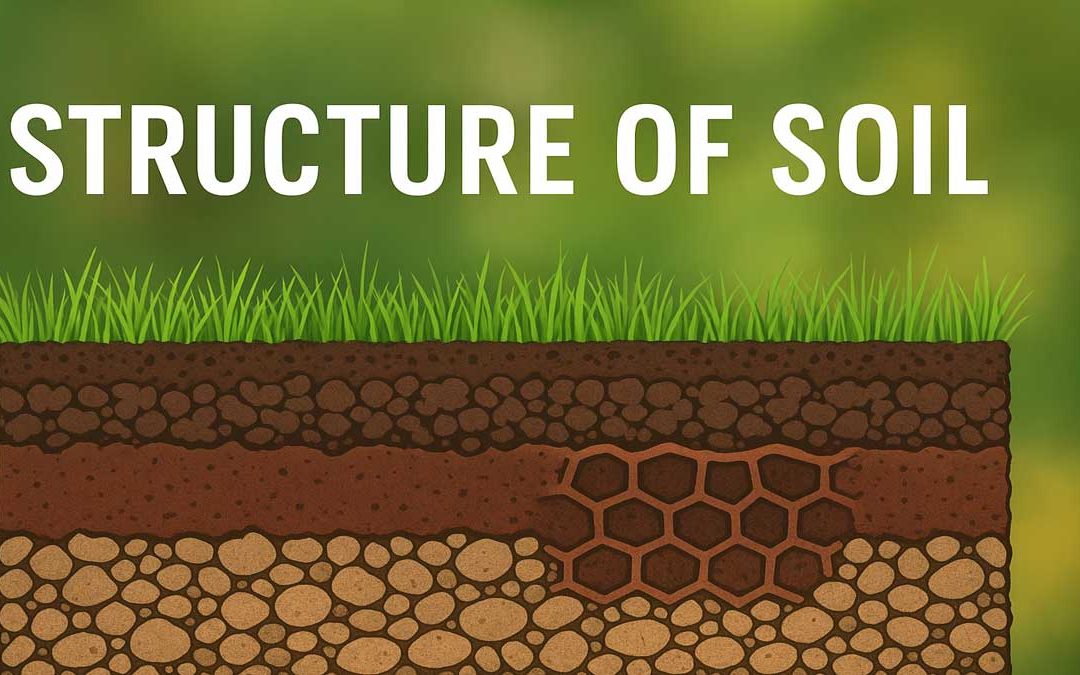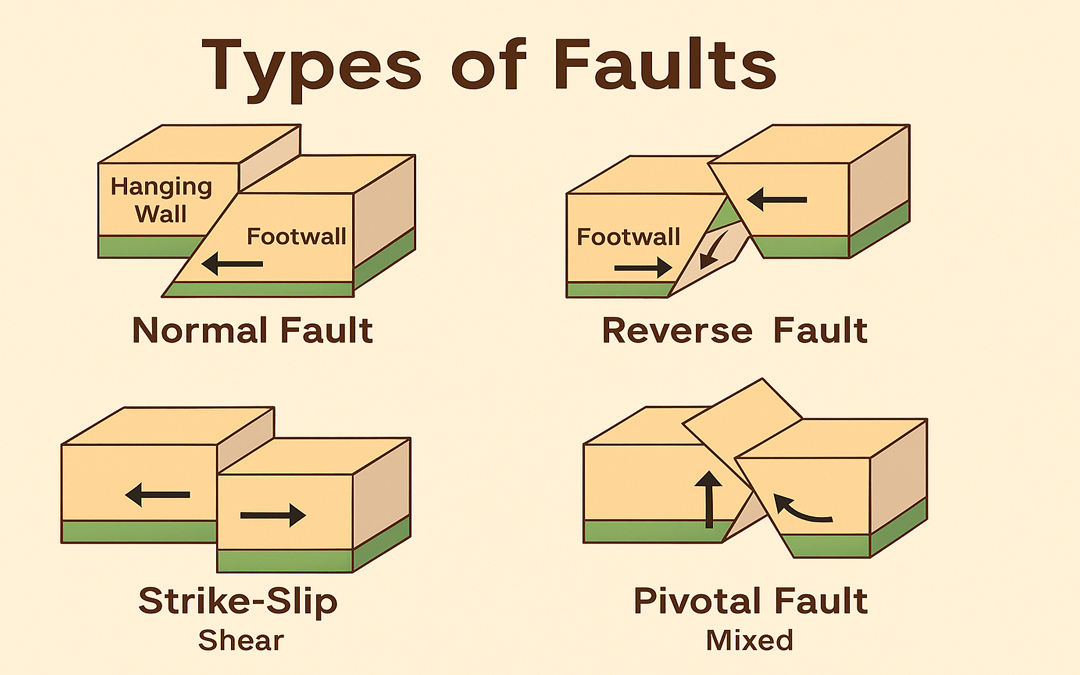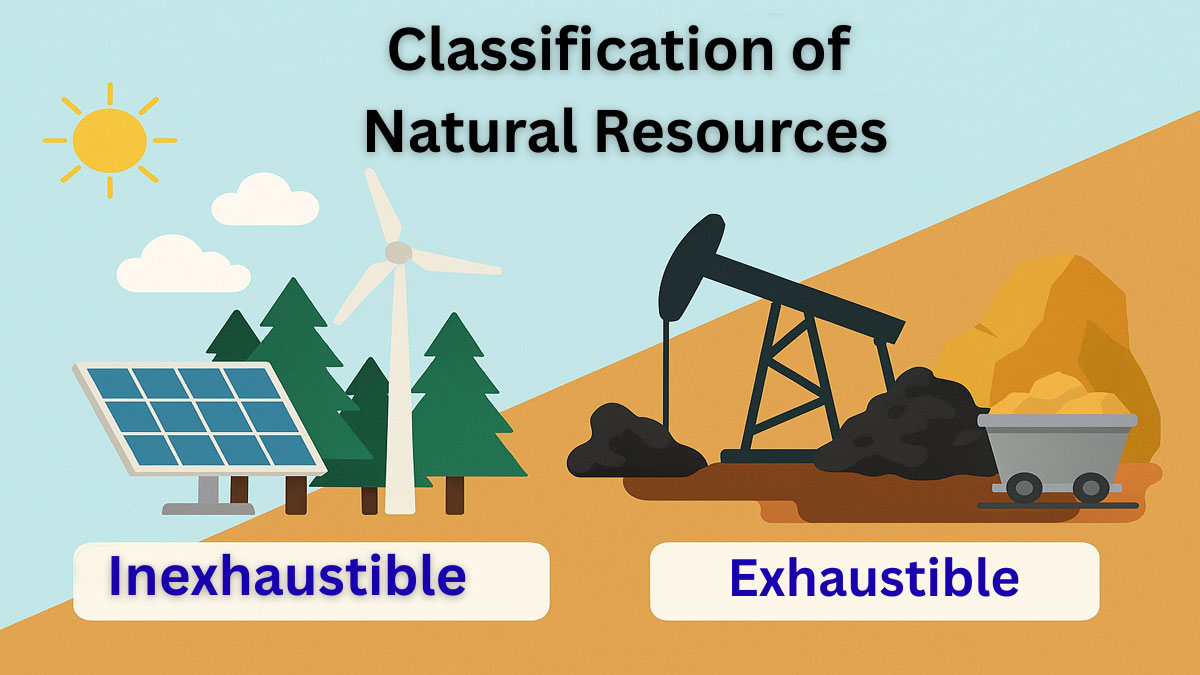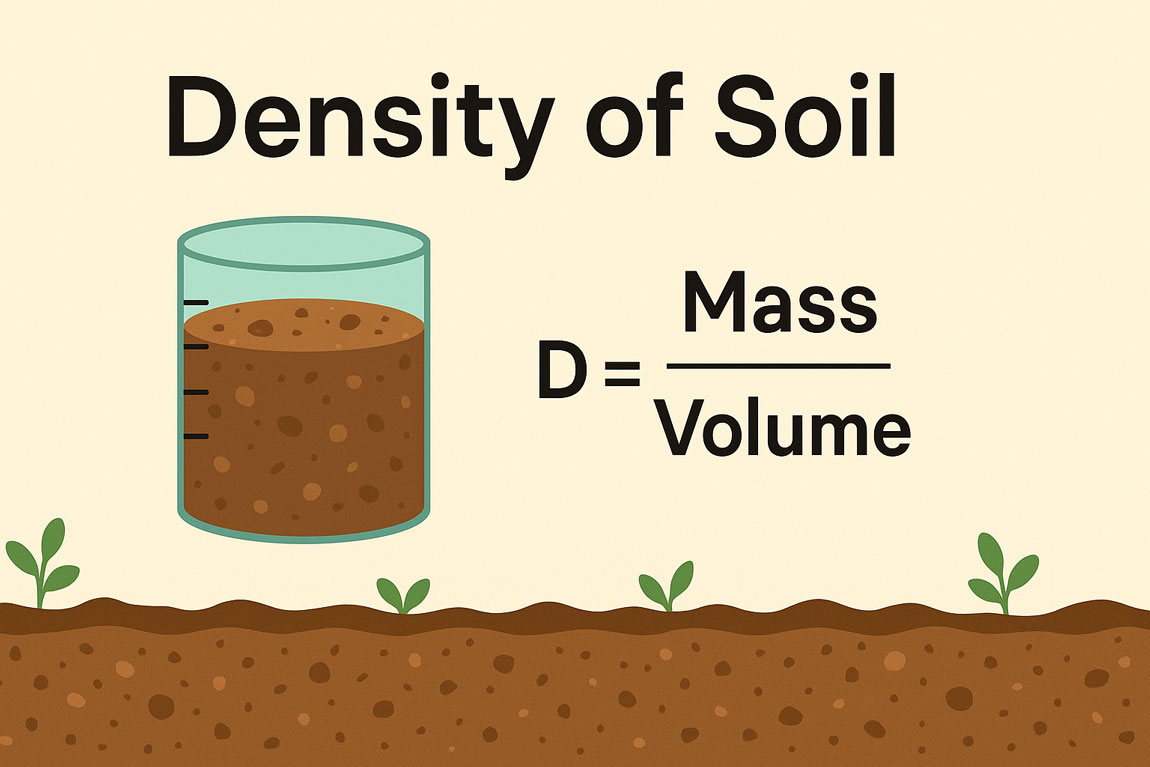
by Gelogia Team | Jul 10, 2025 | Mineralogy, Physical Geology & Geomorphology
Clay minerals consist of crystalline materials that give soil its plasticity and cohesion. A clayey soil, along with non-clay minerals like quartz, feldspar, mica, and calcite, often includes one or two clay minerals made of microscopically thin sheets. Chemically,...

by Gelogia Team | Jul 9, 2025 | Physical Geology & Geomorphology
The structure of soils is the arrangement of the constituent particles in the soil matrix that contains voids, fissures, and cracks. Soil structure depends on many factors such as shape, size, mineral composition, orientation of the grains, the relation of soil water...

by Gelogia Team | Jul 7, 2025 | Physical Geology & Geomorphology, Structural Geology
Faults are fractures in the Earth’s crust where blocks of rock have moved past each other due to tectonic forces. These movements are caused by stresses such as compression, tension, and shearing. Understanding the types of faults is essential in geology to interpret...

by Gelogia Team | Jul 6, 2025 | Physical Geology & Geomorphology, Structural Geology
Soil properties are fundamental characteristics that define how soil behaves under various conditions. In geotechnical engineering, understanding these properties is essential for analyzing ground stability, designing foundations, and ensuring safe construction...

by Gelogia Team | Jul 1, 2025 | Crystallography & Mineral Optics, Mineralogy
Clay minerals are microscopic, layered silicate minerals that form the fine fraction of soils and sediments. They consist mainly of hydrous aluminum silicates and often include magnesium, iron, and organic materials. Their unique structure made up of tetrahedral and...
